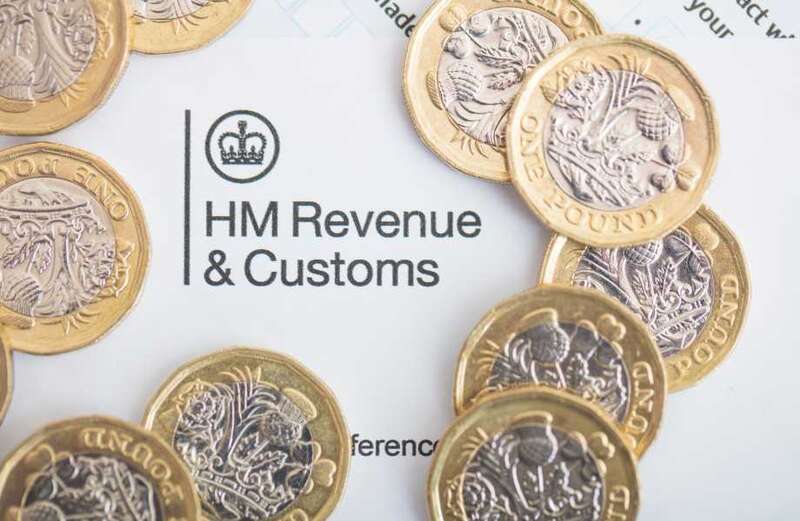WORKERS should check their payslips as the new tax year starts to make sure they don't overpay HMRC.
If you're not on the right tax code, you could end up out of pocket by hundreds of pounds.

You'll have a code if you’re employed full-time or part-time, or receiving a private pension.
It determines how much income tax your pay on your earnings - so it's important you're on the right one.
But millions of workers don't check if it is correct.
 Self-employed Brits have just weeks left to submit tax return or risk £100 fine
Self-employed Brits have just weeks left to submit tax return or risk £100 fine
The code is a mixture of numbers and letters and is used by your employer to work out how much tax you need to pay.
They will take the tax from your pay before it arrives in your account.
If you’re on the wrong tax code, you could pay too much - but you can get cash you have overpaid refunded to you.
The most common tax code is 1257L.
We explain what the 1257L tax code means, and how to check if you're on the right tax code to avoid losing out on hundreds of pounds.
How do I find out my tax code?
This year's tax year started on April 6 2023 and runs until April 5 2024.
There are a number of ways you can check what your tax code is for the current financial year.
Your tax code will be displayed on your payslip, usually listed near your National Insurance number.
Your company has to provide you with a payslip, so if you’re not sure how to access it, ask your employer for guidance.
You can also use the government's online tax checker tool to view your tax code.
 Thousands of parents have just weeks left to check Child Benefit or risk fine
Thousands of parents have just weeks left to check Child Benefit or risk fine
What does the 1257L tax code mean?
Your tax code will be a combination of letters and numbers.
There will be three or four digits in your tax code - you need to multiply this number by 10 to see what you can earn tax-free a year.
The standard tax code for basic-rate taxpayers (those earning between £12,501 and £50,000) is 1257L.
So you need to multiply 1,257 by 10 to find out what you can earn tax-free - which is £12,750 a year. This is called your personal allowance.
The letters in your tax code indicate how much you have to pay, and the L means that you are entitled to the basic personal allowance.
You might have a different letter in your tax code - we’ve rounded up what the other letters mean below.
You won't have to pay income tax if your annual wages are lower than your personal allowance, which is indicated by the letters NT in your tax code.
You may also see NT if you're a self-employed contractor who is required to pay national insurance but not income tax.
If you've recently started a new job, you might be put on an emergency tax code and will have to pay a higher rate of tax.
These codes are temporary, and you can claim back money you've overpaid.
The emergency tax codes for 2022/23 are:
- 1257L W1
- 1257L M1
- 1257L X
How do I find out if my tax code is wrong?
You can check if your tax code is correct by using HMRC’s online tool or MoneySavingExpert’s free online tax calculator.
If it's wrong, contact HMRC to let it know on 0300 200 3300. If it's right, you don't need to do anything.
HMRC will write to you or email you if they change your tax code - and they will also write to your employer about any changes too.
Then, your updated tax code should show on your next payslip.
How do I know if I’m owed a tax refund?
If you are due a tax rebate HMRC will let you know by sending you a letter called a P800 or a simple assessment letter.
P800 letters can also tell you that you haven't paid enough tax, so don't get too excited when one comes through your letterbox.
You will only get a P800 after the tax year has ended - the letter won't usually arrive until around September.
This letter will tell you if you can claim online through the government's website.
If you claim online the money will be sent to your account in about five days.
Or you can wait for 45 days and the government will send you a cheque in the post.



































